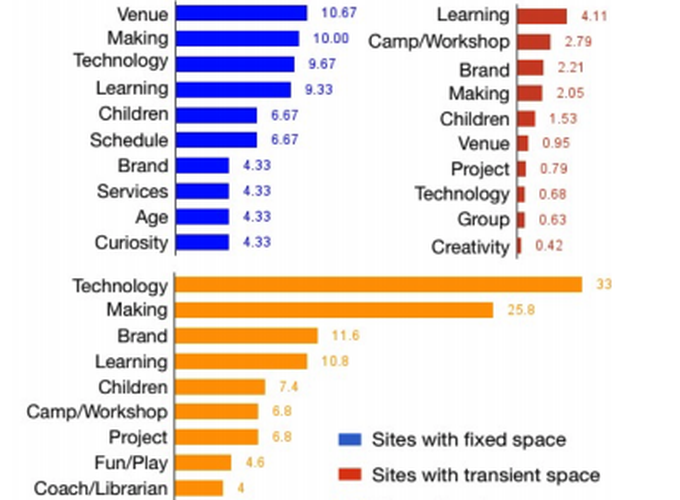Physical Making Online - A Study of Children's Maker Websites

Physical Making Online - A Study of Children's Maker Websites
Abstract
The Maker phenomenon revolves around the technology-enabled hands-on production of artifacts, and has been consistently proposed as a vehicle for STEM education and to inculcate a ‘Maker mindset’ in children. While Making is physical and activities for children typically take place in physical venues like Maker camps and workshops, much information about Making resides online. To understand how virtual online resources may support inherently physical Making activity, we investigate the landscape of Maker websites for children through a perceptionbased study and a content analysis study. Our findings showed that Maker websites for children are of 3 types – associated with a fixed space, a transient space, or without any physical presence. These provide different support structures for learning and Maker mindset development. Further research is needed to extend the experience of children in Making activities beyond the limitations of physical visits to Makerspaces.